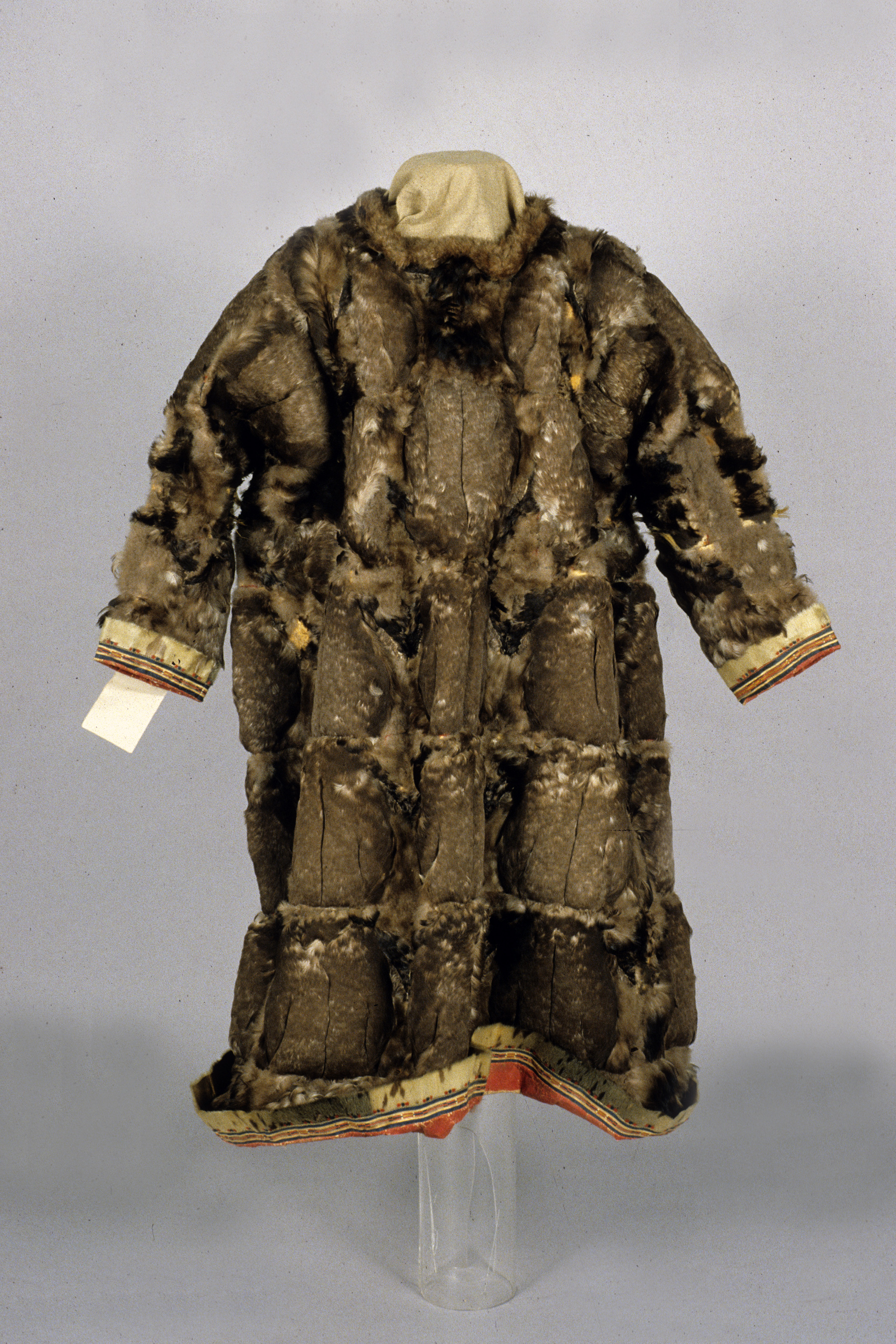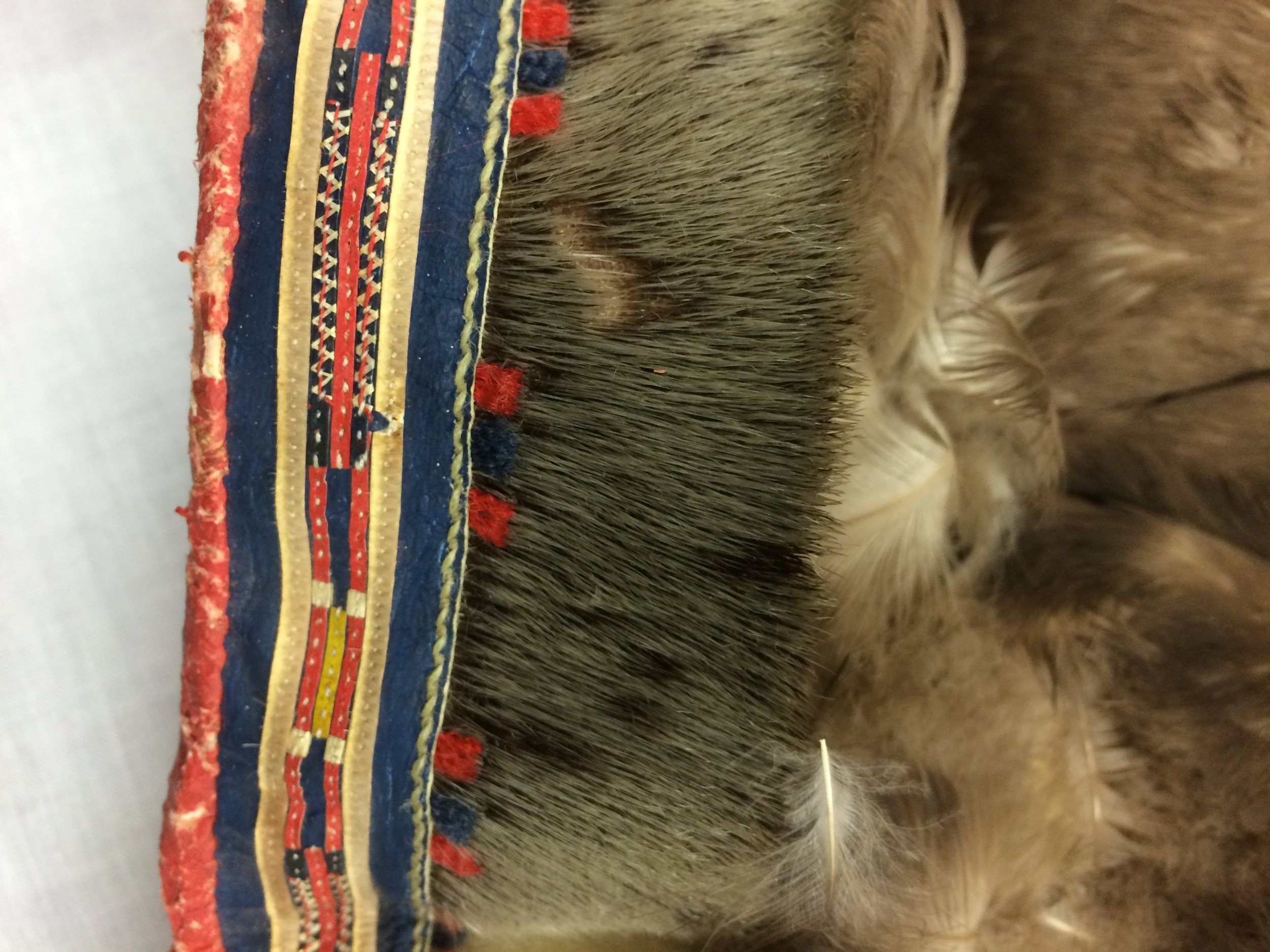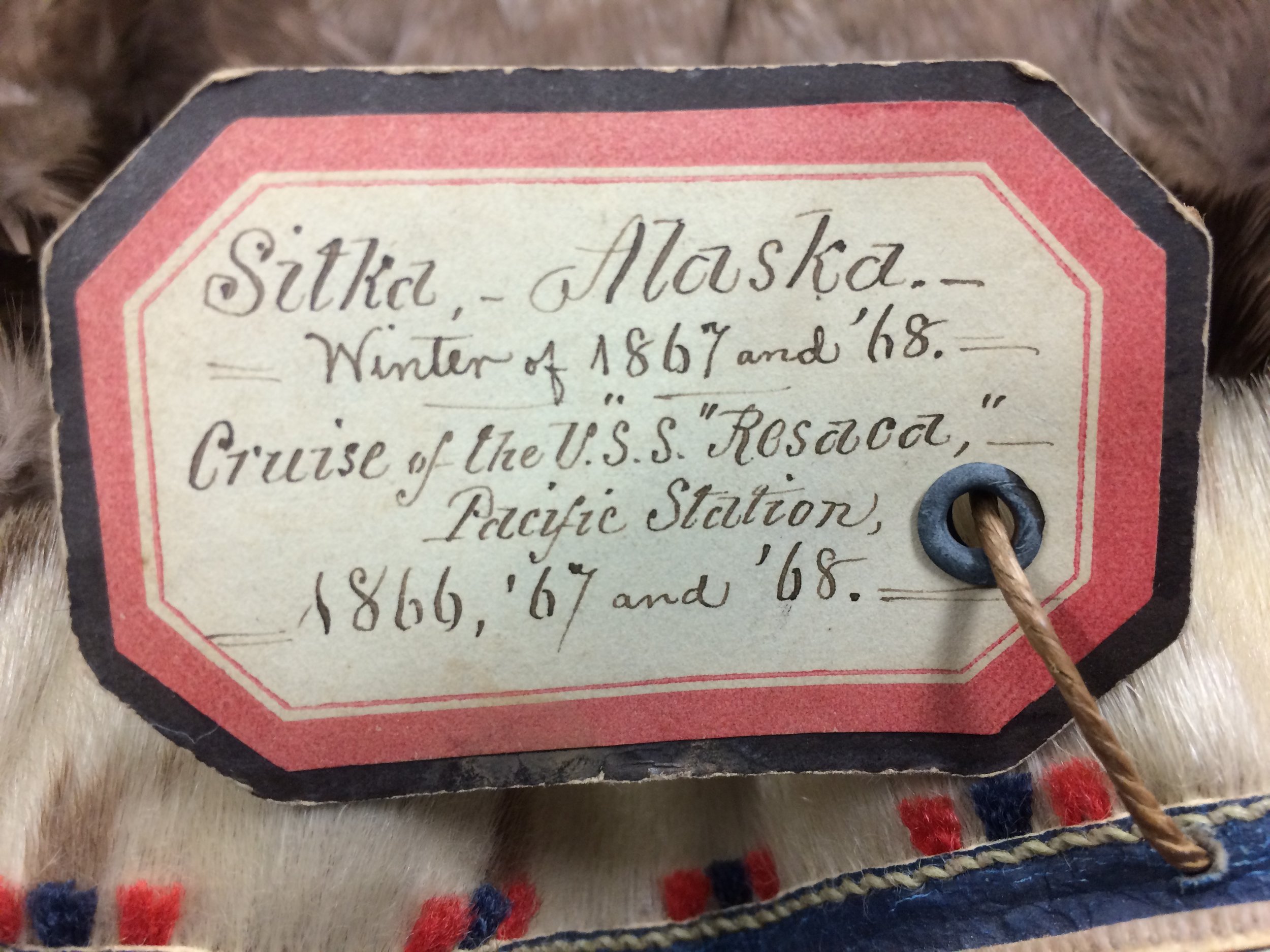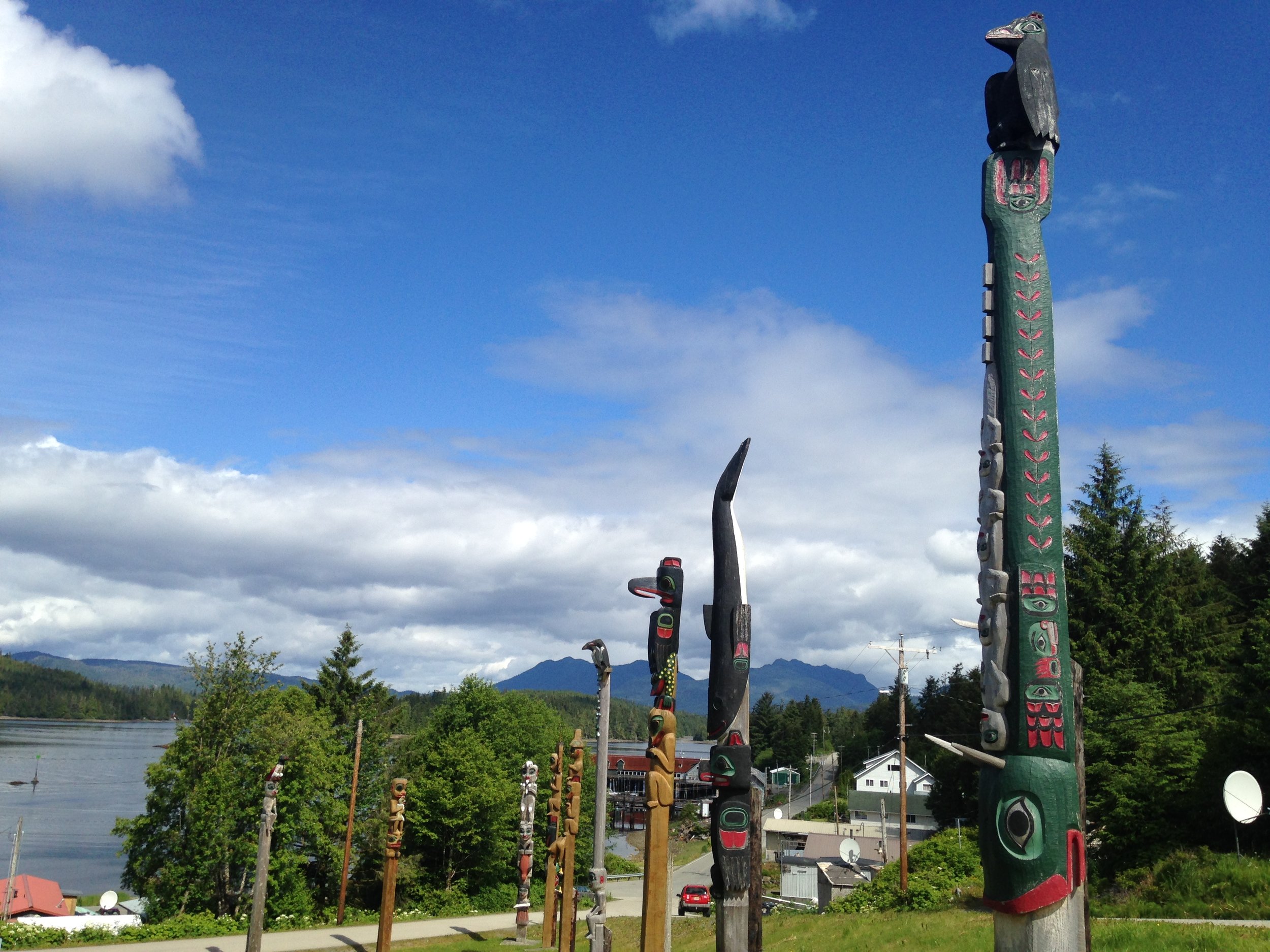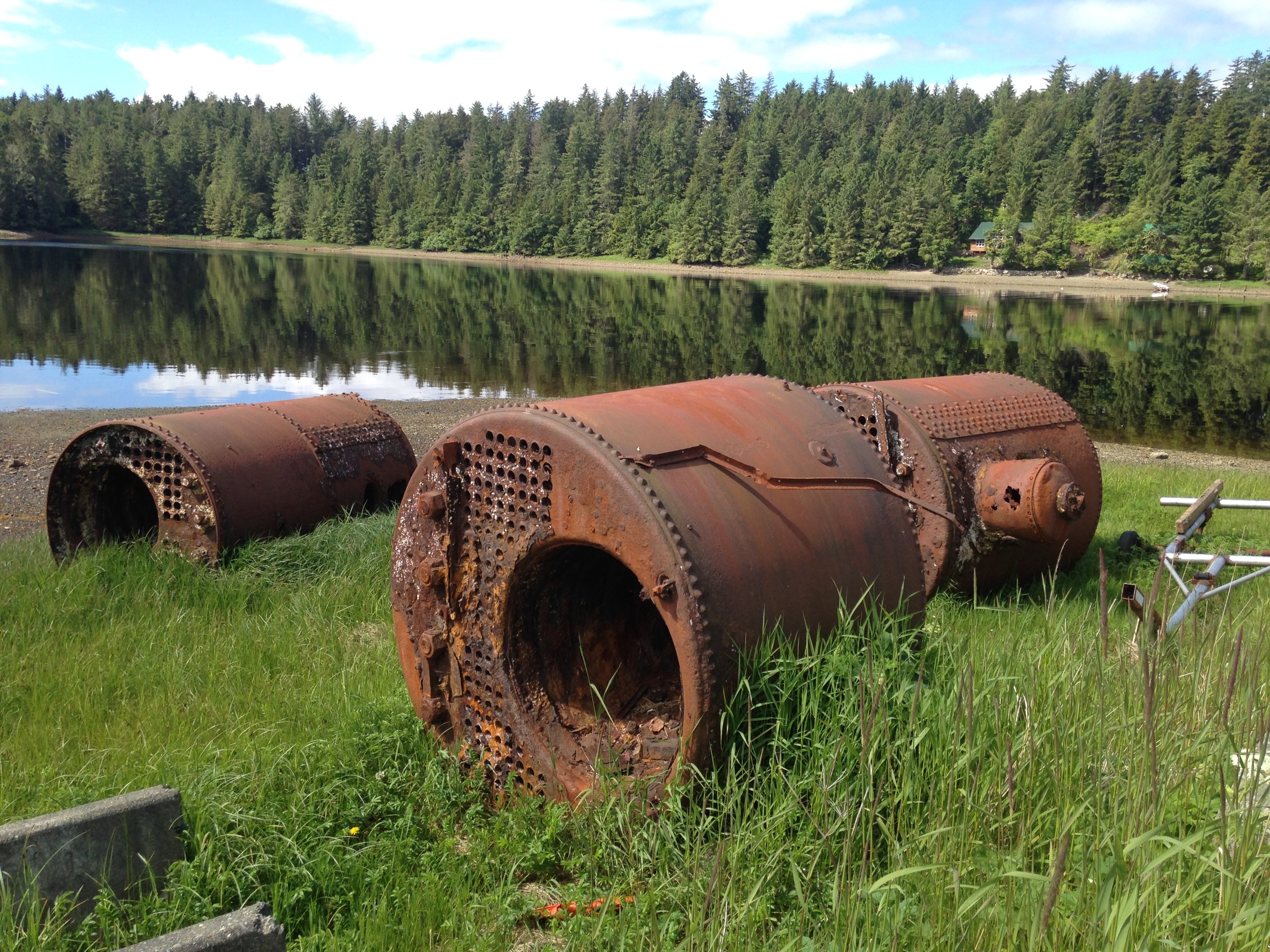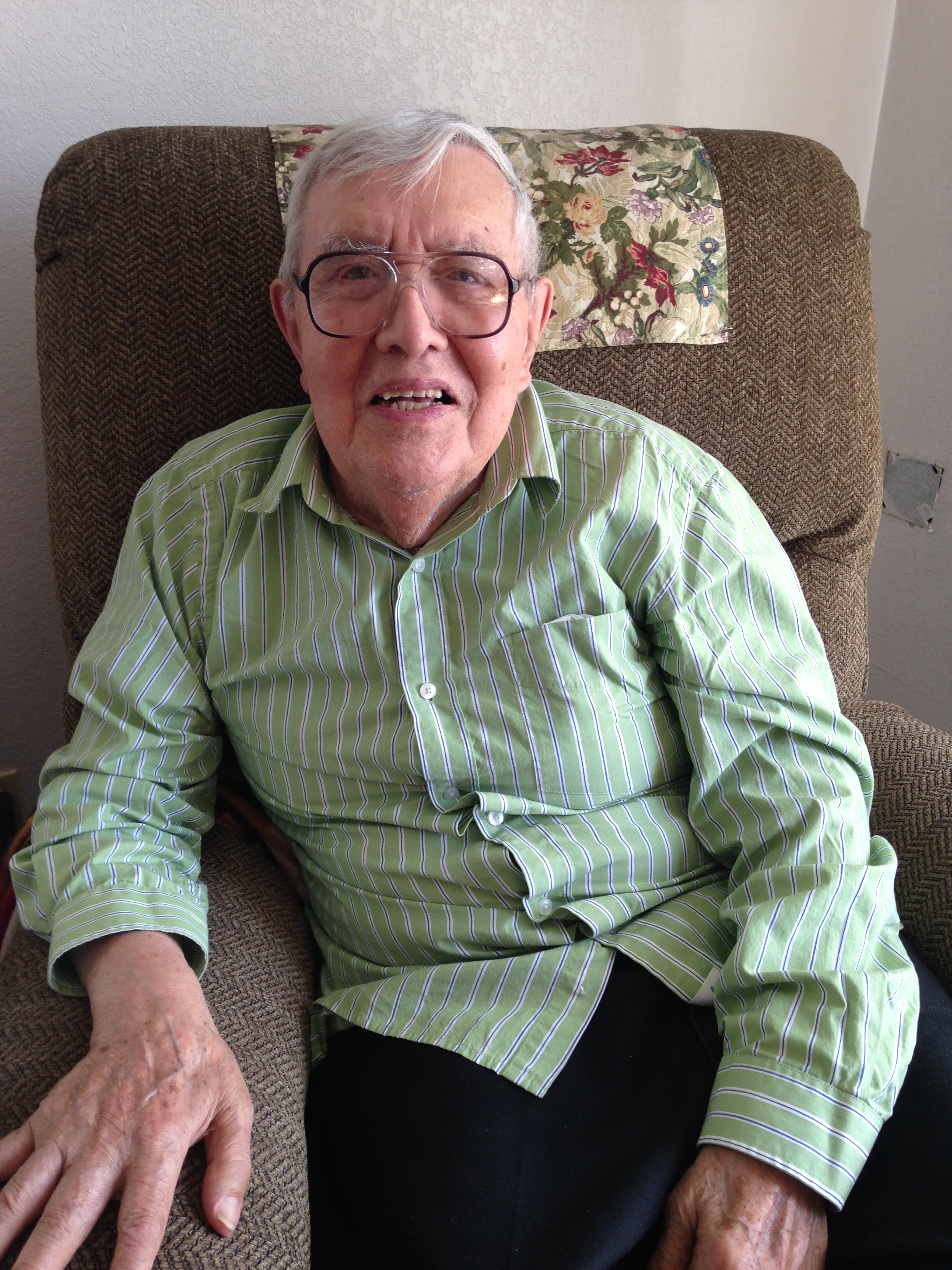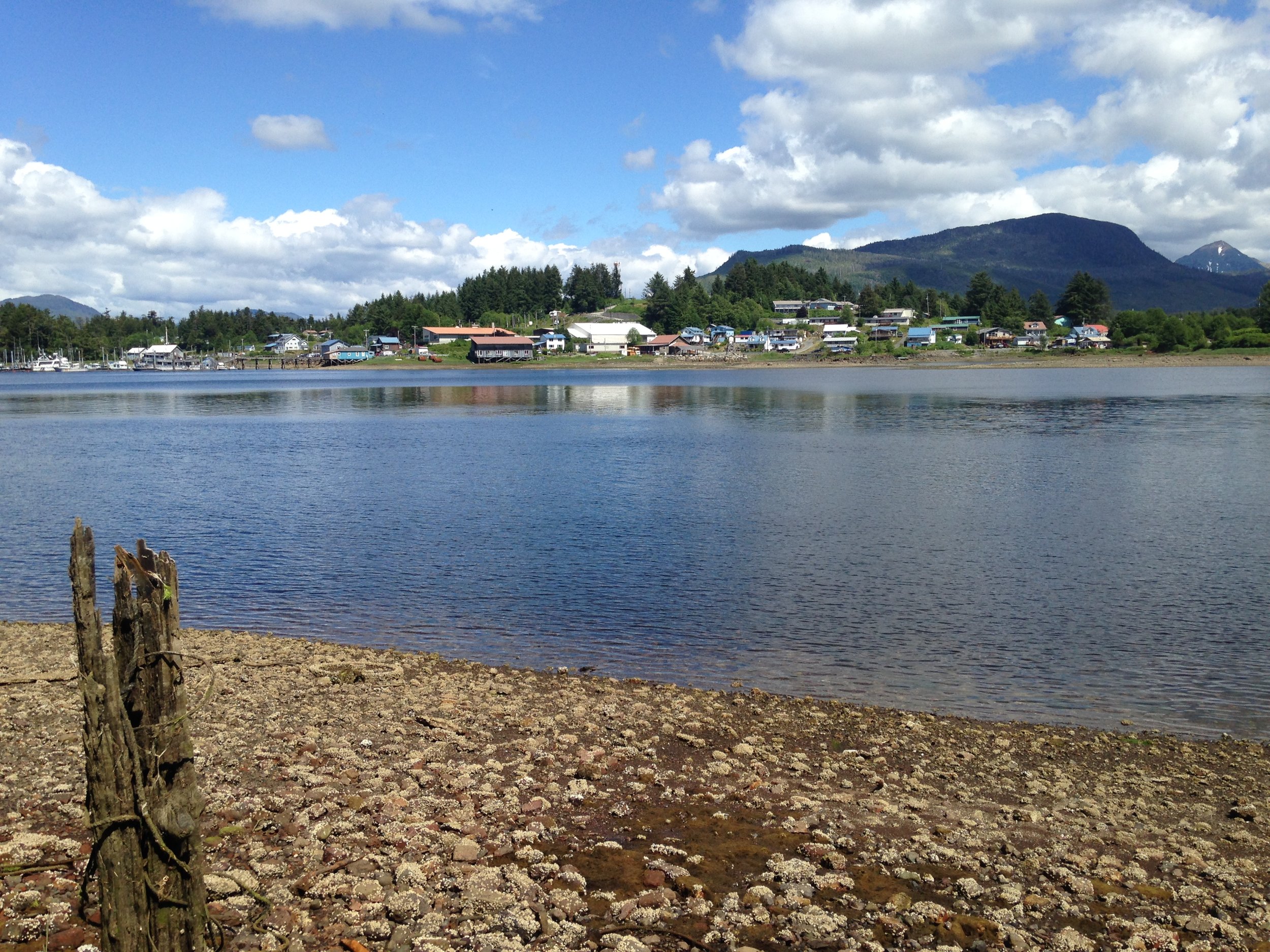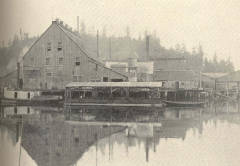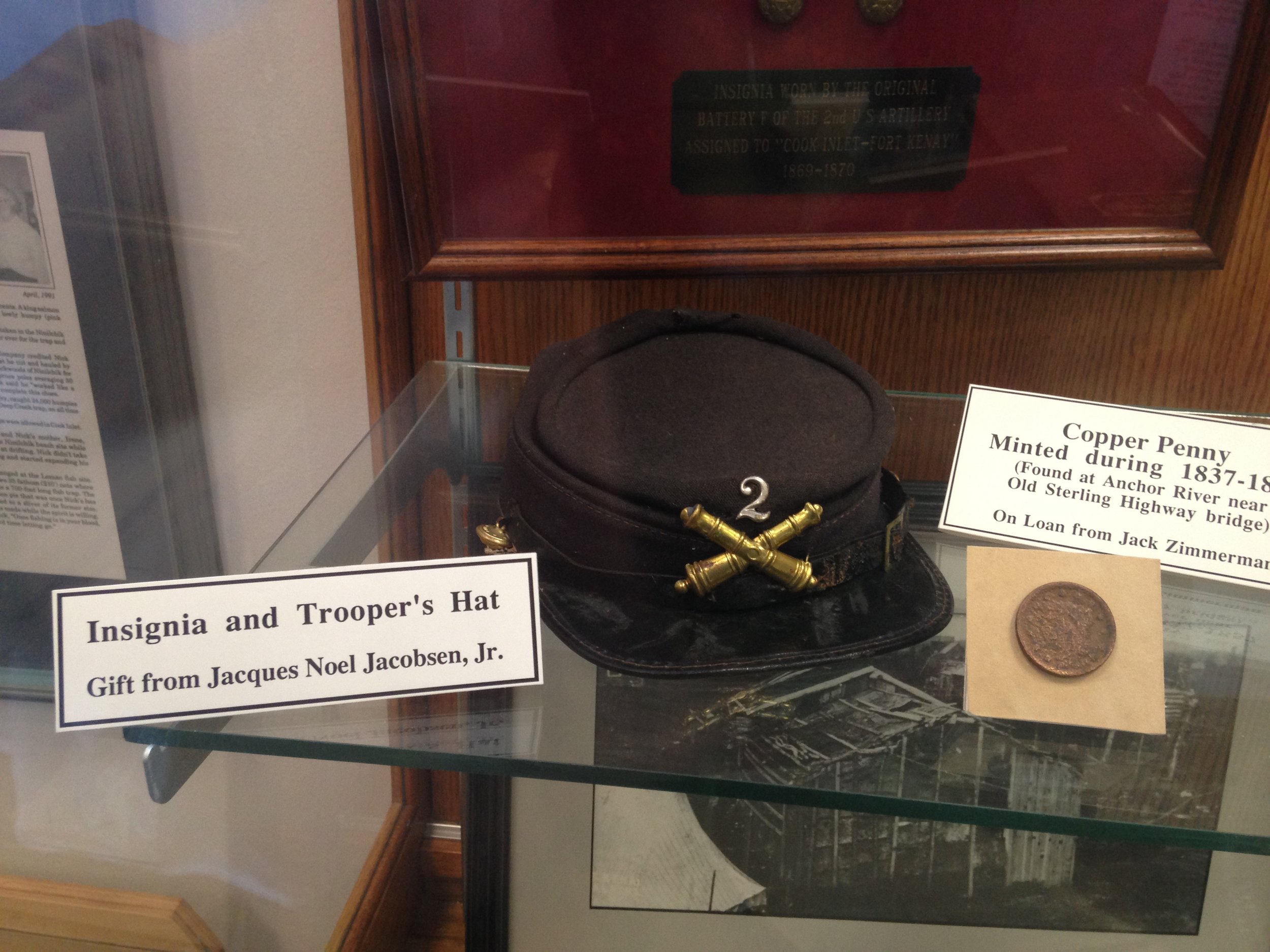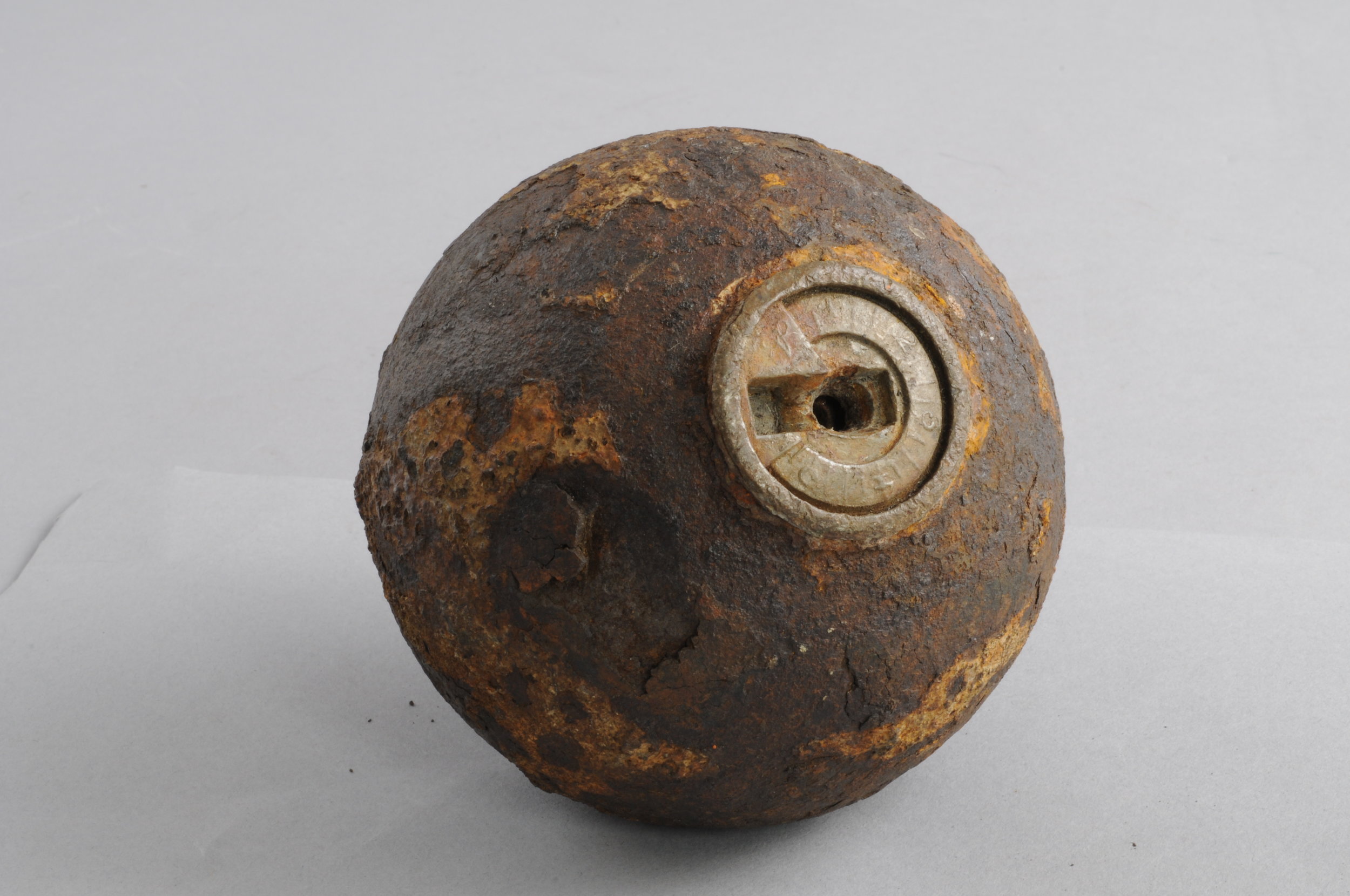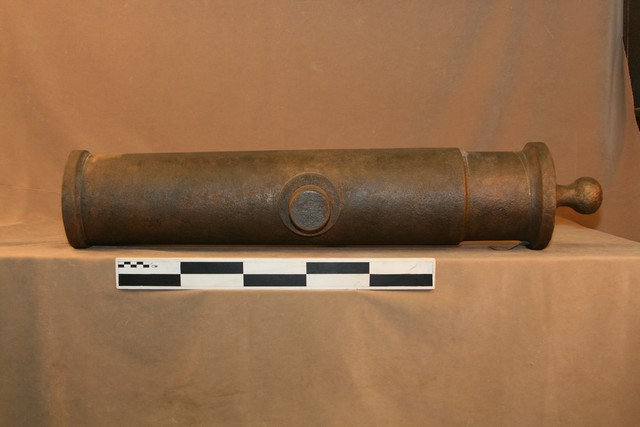Spirituality, economics, and geopolitics come together in the Gulf of Alaska when examining the history of whaling on the so-called Kodiak Grounds. In this episode, I speak with archaeologist Patrick Saltonstall about the shamanic whaling tradition of the Alutiiq people and environmental historian of Russian America, Ryan Jones, about the dependence of the Russians on both whales and the labor of Alutiiq and Unangan whalers. We move on to discuss the belated attempts of the Russian empire to profit from Alaska's whales and the detrimental impacts of Yankee whaling on local subsistence and lives.
Special thanks to the Office of History and Archaeology, the Alaska Historical Commission, the Alutiiq Museum, Baranov Museum, Kodiak Public Broadcasting, Patrick Saltonstall, Ryan Jones, and the Native Village of Afognak for making this episode possible.

